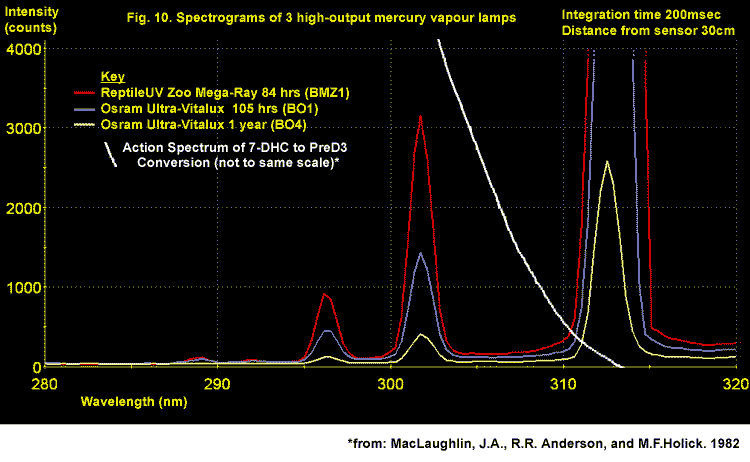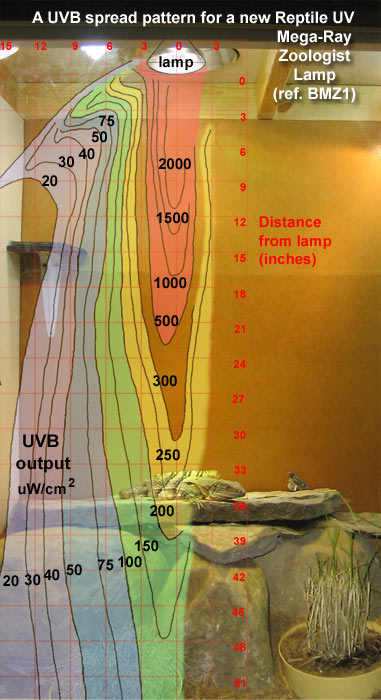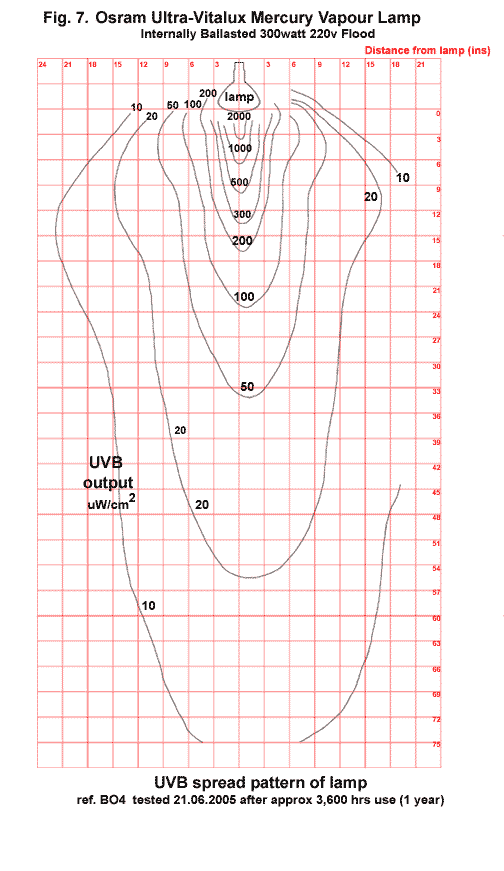hay guys,,,,,,,,,have you ever thought about this,,,,,,,,
check this out :::::::::::
:::::::::::
Hops ,Hemp and Cannabis has grown outdoors for years and years,,,,,hemp is the source of the sub-species Cannabis,,,,, species spred themselvs over large distances and "split" into removed and isolated populations!!,,,, this "split" sometimes results in enviroment colaps,,,,,loss-of-function over many generations is not uncomon!!,,,,,but the ability to display traits from years-gone-by still remains in the population numbers!!,,,,,
imo,,, THC is displayed as result of DEFENCE and selective breeding,,,,,,,,,,,,if we grow a seeline with a hight-capacity for DEFENCE i expect to see high levels of THC,,,,,,if i grow the same seeline indoors and i remove the reason for the DEFENCE then i expect to see even higher levels of THC than beffore....
check this out
Hops ,Hemp and Cannabis has grown outdoors for years and years,,,,,hemp is the source of the sub-species Cannabis,,,,, species spred themselvs over large distances and "split" into removed and isolated populations!!,,,, this "split" sometimes results in enviroment colaps,,,,,loss-of-function over many generations is not uncomon!!,,,,,but the ability to display traits from years-gone-by still remains in the population numbers!!,,,,,
imo,,, THC is displayed as result of DEFENCE and selective breeding,,,,,,,,,,,,if we grow a seeline with a hight-capacity for DEFENCE i expect to see high levels of THC,,,,,,if i grow the same seeline indoors and i remove the reason for the DEFENCE then i expect to see even higher levels of THC than beffore....









